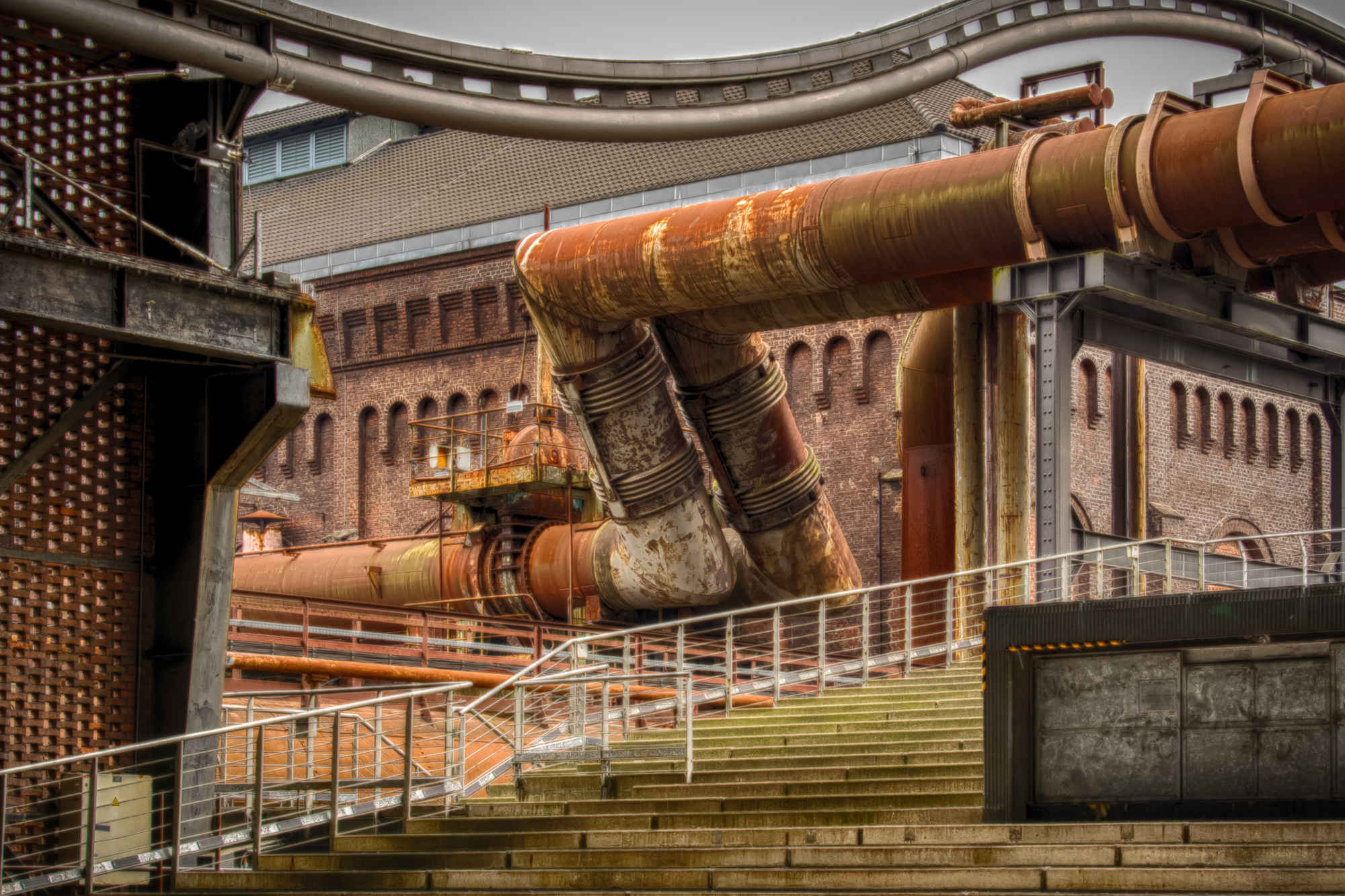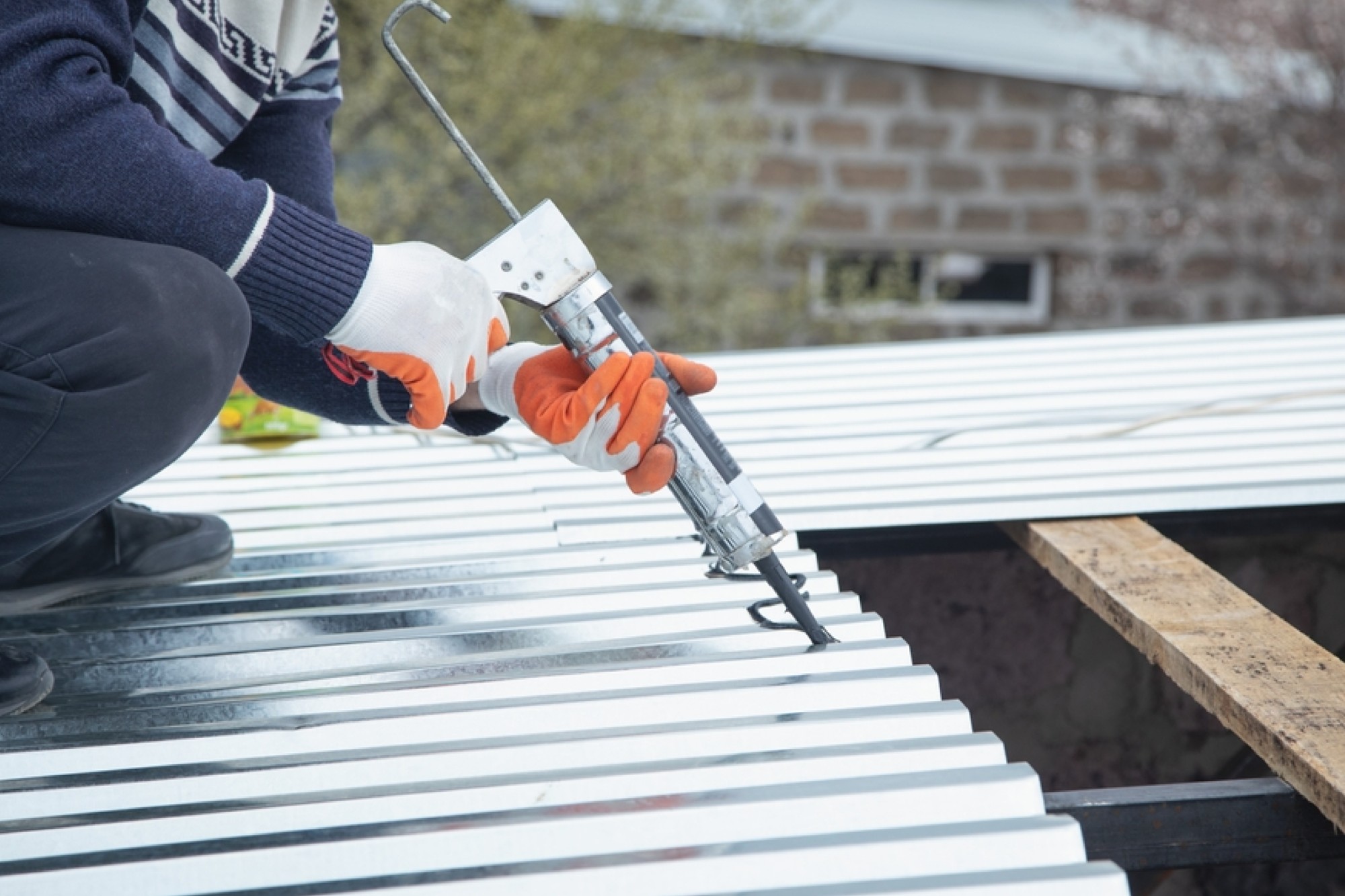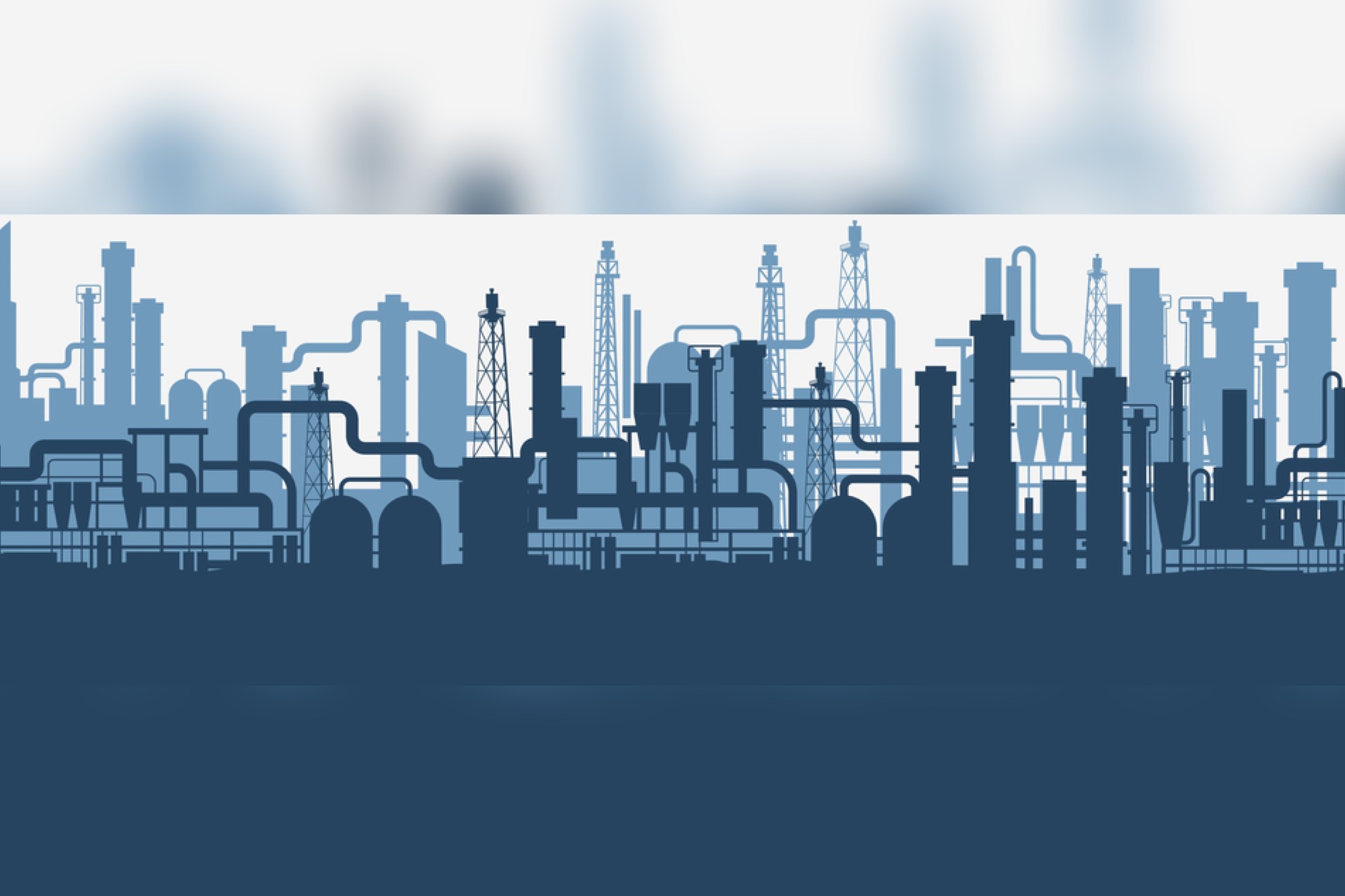Anti-corrosive coatings and treatments
By Edit Team | July 15, 2019 10:37 am SHARE

Criteria for selection
The criteria for selection of right quality for corrosion protection coating or treatment depends on numerous factors like life of treatment required and the environment to which it is exposed as we know that when the reinforced concrete or metal, is exposed to corrosive environments, it tends to have chemical reactions with the air or water or chemicals. The effects of corrosion become evident on the surfaces of these materials. For instance, after putting the iron into a corrosive atmosphere for an extended period, the iron starts rusting due to oxygen interaction with water on the iron’s surface. Therefore, metal equipment lacking any preventive (anti-corrosive) measures, may become rusted. There are several methods for preventing corrosion, especially in marine applications. Anti-corrosion measures are of importance in environments where high humidity, mist, and salt are present. It is important to have a detailed chemical analysis of the metal or treatment surface and coating or anti-corrosive material, to determine the efficacy of the treatment. Corrosion issues can be associated with the conditions of operations like cooling tower would require treatment to protect them from microbiological organisms and wet and dry condition of surface, especially in the splash zone and basin area in a natural draft cooling tower. Today, corrosion amounts 6-7 per cent of the GDP.
Corrosion of structural steel
The corrosion of structural steel is an electrochemical process that requires the simultaneous presence of moisture and oxygen. Essentially, the iron is oxidised to produce rust, which occupies about six times the volume of the original material. The rate at which the corrosion process progresses depends on several factors, but principally the ‘micro-climate’ immediately surrounding the structure.
Corrosion of steel in concrete structures
The water penetration helps corrosion of the steel reinforcement. As the rust has more volume than the original steel bar, the rust causes tension in the surrounding concrete. As the cover of concrete is limited on the outer side, the resultant tensile force causes cracks formation and the cracks permit easier entry of water and oxygen to form more rusting. Resulting leads to increase in volume and the cracks in concrete get wider and wider. The surrounding concrete becomes partly disintegrated which finally causes spalling.
Corrosion resistant coatings
Corrosion resistant coatings ensure metal components have a longer life. Metal coatings are idly used coatings in the industry. The function of the coating is to act as a barrier that inhibits contact between chemical compounds or corrosive materials with the metal housing.
STP Ltd was established in 1935 as a bitumen and tar based company and diversified into construction chemicals, anti-corrosive treatment and many other products, STP Ltd brings decades of experience to the application of corrosion resistant coatings, along with the advantage of six, state-of-the-art mega factories and highly experienced and qualified staff.
A wide variety of anti-corrosion coatings are available to match the performance requirements of specific application: Anti-corrosive categories:-
• Rust remover: ShaliRustoff : Rust Converter : ShaliPrime RC
• Zinc Rich Primer: ShaliPrime ZnR: Zinc Phosphate Primer: ShaliPrime Zn Ph
• Micacious iron Oxide : ShaliPoxy MIO
• Novolac based epoxy: ShaliKote NES
• Bituminous coatings : Tank Mastic HB
• PU Coatings : ShaliUrethane PC
• Food grade Epoxy Coating : ShaliPoxy 400
• Coal Tar Epoxy coatings : ShaliPoxy CTE 303
• Glass Flake epoxy : ShaliPoxy GF
Rusting of reinforcement bars lead to spalling of concrete. Corrosion control of metals is technically, economically, environmentally, and aesthetically important. The better option is to use inhibitors for protecting metals and alloys against corrosion. Lot of people have started using Migratory corrosion inhibitor (ShaliPlast LW++) in concrete at the time of pouring concrete to prevent rusting of reinforcement bars in the future. These are mainly amine based bipolar migratory corrosion inhibitors.
Effect of addition of ShaliPlast LW++, Migratory Corrosion Inhibitor in Concrete Block would result an corrosion free rebar. They are widely used in concrete repairs. Protection of concrete from highly corrosive environment in chemical plant by using ShaliKote NES and ShaliPoxy GF: is a two component, glass flakes reinforced epoxy coating having excellent abrasion or chemical resistance and high barrier properties. It can be used as abrasion resistant coating above and below water vessel areas subject to corrosion. ShaliPoxy GF is suitable for use in marine environments as protective coating from acids, alkalis, solvents and salts. The protective coating, is effective for neutralisation and acid pits.
Coal Tar Epoxy (ShaliPoxy CTE 303) is quite often used in Marine structures like jetties. PU Coatings – ShaliUrethane PC: is a two component, solvent-free, 100 per cent solid, fast-curing, protective polyurethane tough coating for external or internal surface of concrete or steel pipes and structures. ShaliUrethane PC is spray-applied by plural component airless spray gun and has excellent mechanical properties or abrasion resistance.
In conclusion, when it comes to corrosion protection, different kinds of material are available. The usage depends on the kind of environment the structure is exposed. Choosing the right material and methodology for the treatment is very important. At STP Ltd, there is a range of anti-corrosive treatments for various applications. STP Ltd also provides customised solutions to clients regarding, the various corrosion and repair problems.
Authored by:
Hasan Rizvi,
Sr. Vice President,
STP Ltd
Cookie Consent
We use cookies to personalize your experience. By continuing to visit this website you agree to our Terms & Conditions, Privacy Policy and Cookie Policy.





















